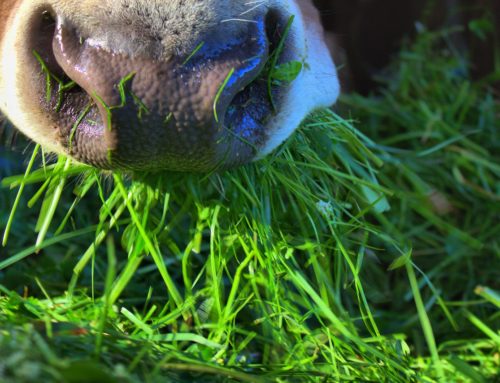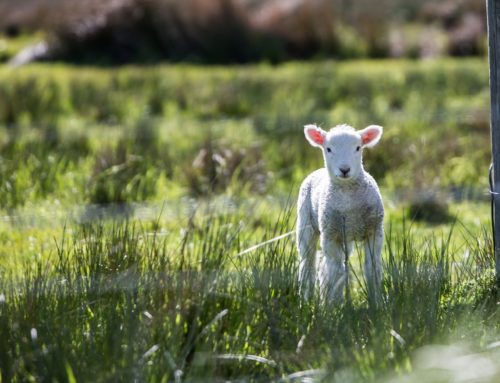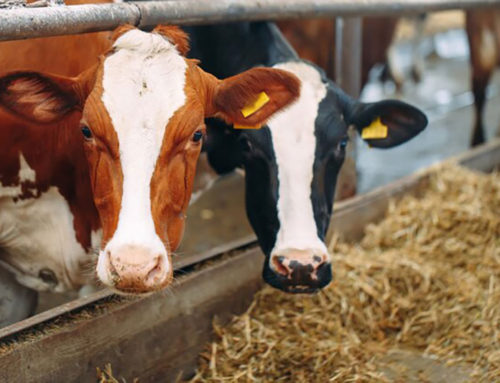The authors start with four pieces of information that put the role of carbohydrate reserves into question. Then they share ideas for good grazing to work well with plant physiology.
For years, managers used the carbohydrate reserve theory to decide when to graze plants on rangelands to maintain healthy and desirable plants. The carbohydrate reserve theory states that the soluble carbohydrates stored in the roots and crowns of plants indicate plant health and ability to regrow after grazing. During the early vegetative stage of plant growth, carbohydrate “reserves” are low, so plants should not be grazed. During the late vegetative and early reproductive stages of growth, carbohydrate “reserves” are higher, and plants can better tolerate grazing as shown here:

Over the years, researchers produced carbohydrate concentration curves for different grasses, forbs, and shrubs, like this one. Unfortunately, carbohydrate reserves in plants are not good indicators of its ability to regrow after grazing for several reasons:
1. Carbohydrates are typically measured as concentrations that change only a small amount during the year but fluctuate widely throughout the day.
2. Concentrations don’t reflect the total amount of carbohydrate available for regrowth. To accurately measure the total amount of carbohydrates, the concentration of soluble carbohydrates in different plant tissues (roots, crowns, leaves, stems) must be multiplied by the weight of those tissues. Most early studies only analyzed roots and crowns but stems in grasses and forbs and twigs in shrubs are also important storage sites for soluble carbohydrates.
3. Carbohydrate reserves, whether expressed as concentrations or as total amounts, are not correlated with the ability of a plant to regrow after grazing. The rate and amount a plant can regrow without light are also not correlated with either concentrations or total amounts of carbohydrate reserves stored in the roots or crowns of the plant (Richards and Caldwell, 1985).
4. The carbohydrate reserve stored by bunchgrasses is very small, equal to about 1 to 2 days of photosynthesis during the summer.
So, what factors are important for plants to tolerate grazing?
Plant Structure
Differences in structure enable some plants to better tolerate grazing (Briske and Richards, 1995).
1. Grasses, forbs, and shrubs that produce and maintain many viable axillary buds tolerate grazing because they have the potential to regrow following grazing:
2. Grasses, forbs, and shrubs that protect growing points (meristems) have the potential to regrow quickly following grazing, thus reducing the amount of nutrients and water needed to regrow. Some grasses and forbs do not elevate growing points until late in the growing season, protecting them from grazing.

3. Grasses that develop new shoots at the same time during the grazing season are less tolerate of grazing compare to plants that develop new shoots at a different time during the growing season because not all shoots can be grazed at the same time.
via Carbohydrate Reserve Theory: What You Learned Might Be Wrong — On Pasture




